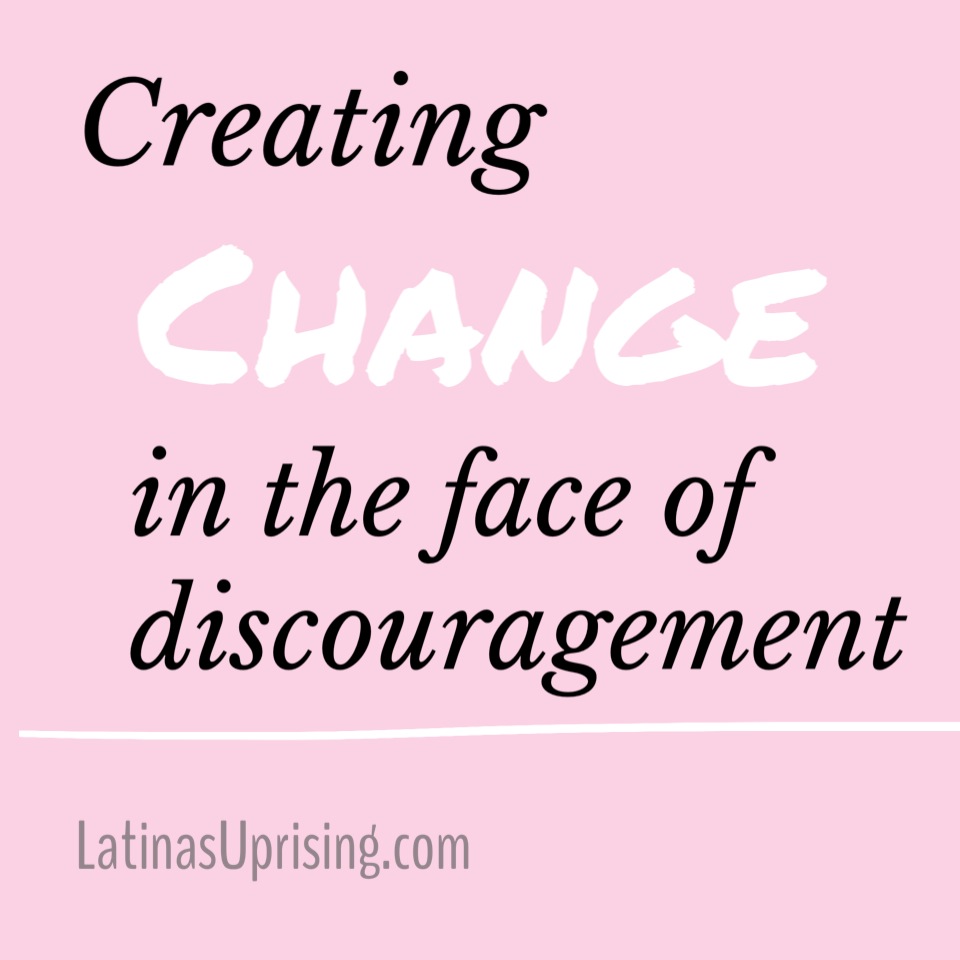Creating Institutional Change
If you could change anything about your law school to make it better for Latinos or women what would you do? Would you want more professors of color? More mentorship opportunities? Administrators that handle sexist/racist comments correctly? What I wanted when I was in school was more litigation opportunities for the Latino students. At my school, moot court/trial advocacy was king and the advantages of being part of a team were very evident. Unfortunately, many times the school seemed ambivalent about whether or not students of color were privy to those advantages. For example, until I was a 3L, my school sent one team to the Hispanic National Bar Foundation’s Uvaldo Herrera Moot Court Competition (a competition hosted for almost 20 years). This team wasn’t called the Uvaldo Herrera Moot Court Team; it was called the Hispanic team. Seriously. For years they hadn’t even bothered to learn the official name of the competition. When an agency can’t even bother to get a name correct–it calls to question whether they are actually trying hard at more important matters.
As I gained more leadership roles at the school, I decided to push back against this (let’s be generous and call it “accidental apathy”) and asked the school to start a trial team for Latino students. The trial team that did exist at my school was highly selective and competitive–it was incredibly difficult to join and after some research, it was clear that very few Hispanics had ever been invited as members. I, along with other students, approached the school and long story short a very motley crew trial team was created.
While I wasn’t a member of the team, I was happy to have helped create it because trial advocacy is such a needed skill in new attorneys. However, my positive feelings quickly sank when I realized that the school didn’t really want to support the team. Some administrators were more concerned about how this would impact the school rather than celebrate a new opportunity created for their students. In fact, at one social hour, a dean told a new student that she thought the trial team was a bad idea because it could hurt the school’s reputation if they didn’t do well. The dean was so negative that it discouraged this student from even thinking of trying-out.
Before I move on, let me just highlight the ridiculousness of this situation. Here are students, begging for more opportunities; creating opportunities for themselves; all the while they’re paying an exorbitant price to attend this school; and instead of providing support so that they excel, you dissuade them from self-improvement because you fear how it will affect you?! Ugh. Lady, take a seat.
Ultimately, a team was created, they competed, and did well. But it took a lot of work and time for us, the students, to make it happen. So when I ask, what do you wish your school could do better–the real question is: what can you do to make your school better?
As 2Ls and 3Ls , this is now the the time to tell the school that throwing you a bone is not enough. This is why involvement in the diversity group is important–there is strength in numbers! I get the lure of thinking, “I’m out of here in a year or a few months and won’t have to bother with this again.” I get that, but if you have the chance to make improvements, and make things easier for those coming after–it’s vital to do it. What’s the point of becoming an advocate if you won’t do it for yourself and others like you?
So if you’re up for the challenge, here are three approaches that may help you to encourage and persuade your school to hire a more diverse staff; create more opportunities for students of color; and/or change policies that are inhibiting your development as a legal professional:
One. Make it easy for them. Unfortunately, most schools will only do the most minimal of things so your best bet is to do a lot of the leg-work upfront, if you can. In our case, we sought out alumni, asked them to coach, set-up try-outs on our own, and found a local and affordable competition to join. By having things organized, it was much easier for the school to say yes (though in my opinion, the onus shouldn’t have been on us).
Two. Get support. Especially from alumni– get their input and advice. I know nothing annoys me more than hearing current students going through the same struggle I did. Shouldn’t it have gotten better by now? And because I’m an alumni I have no qualms asking tough questions of the administration. What are they going to do? Remove me from the email list? Not ask for my money? Doubtful. Additionally, when you have an idea and a plan, consider reaching out to like-minded faculty. Though, in my experience no one is going to bite the hand that feeds them, so their help may not extend as far as independent alumni (no judgement on that front though because everyones got to make a living).
Three. Be realistic & professional–but persistent. It’s frustrating and aggravating to have to demand common-sense improvements. But once a person of color gets deemed “aggressive,” or a women is labeled “emotional,” they lose a lot of negotiation ground. Instead, be professional, even-tempered, and willing to accept reasonable compromises. Rome wasn’t built overnight and you’re not going to build the perfect school in one semester either. Keep at it until the school comes around and is willing to work with you.
Finally, if you approach Admin with your requests/concerns and are met with push-back, remember that you are the consumer and have a right to ask for improvements. Change can happen in these institutions regardless of how much they may grumble–so don’t give up the fight, even if members of the status quo try to discourage you!


